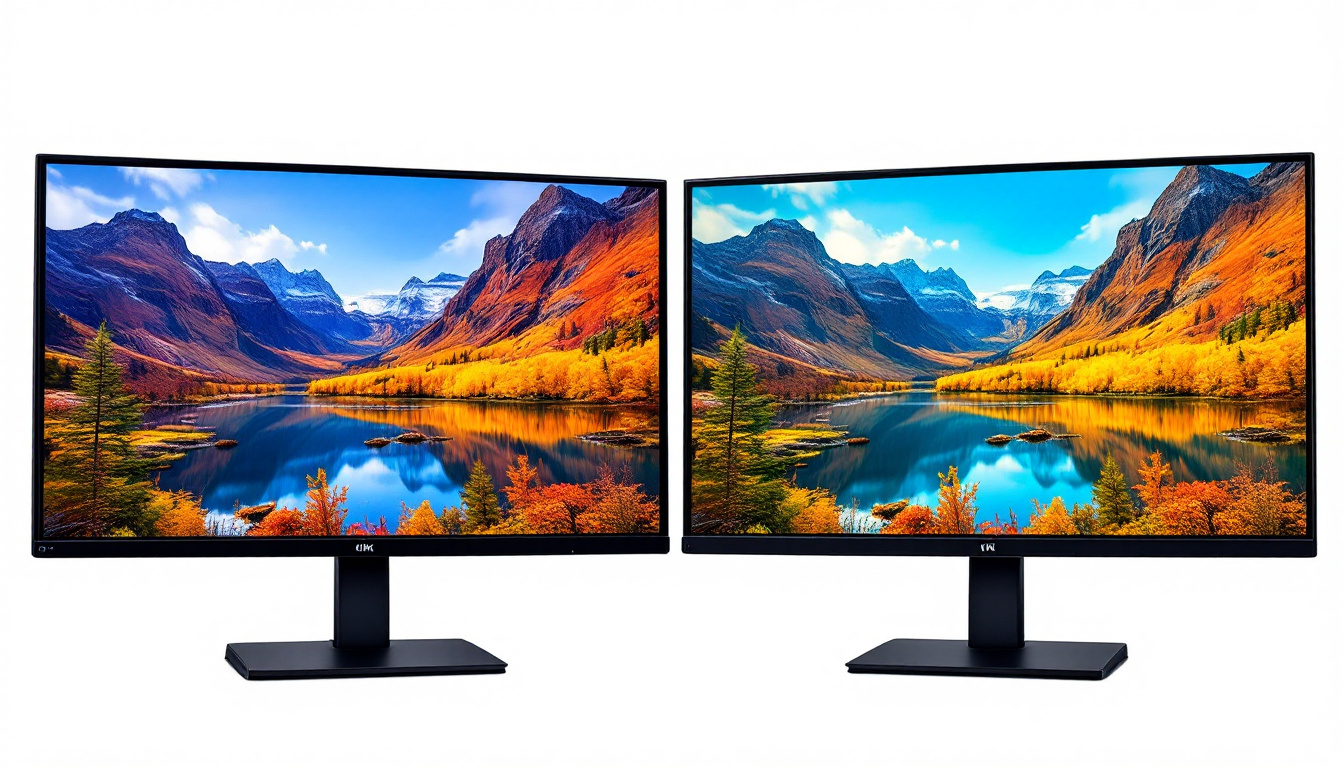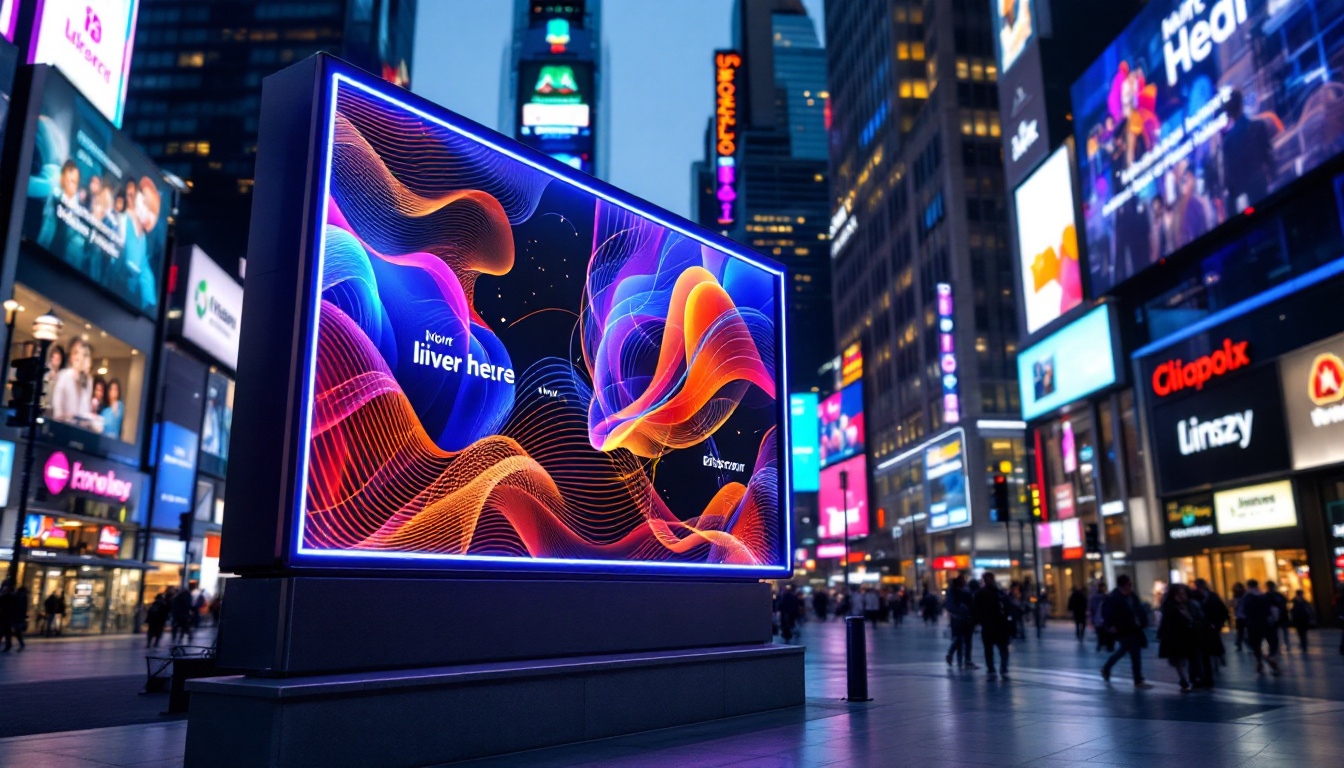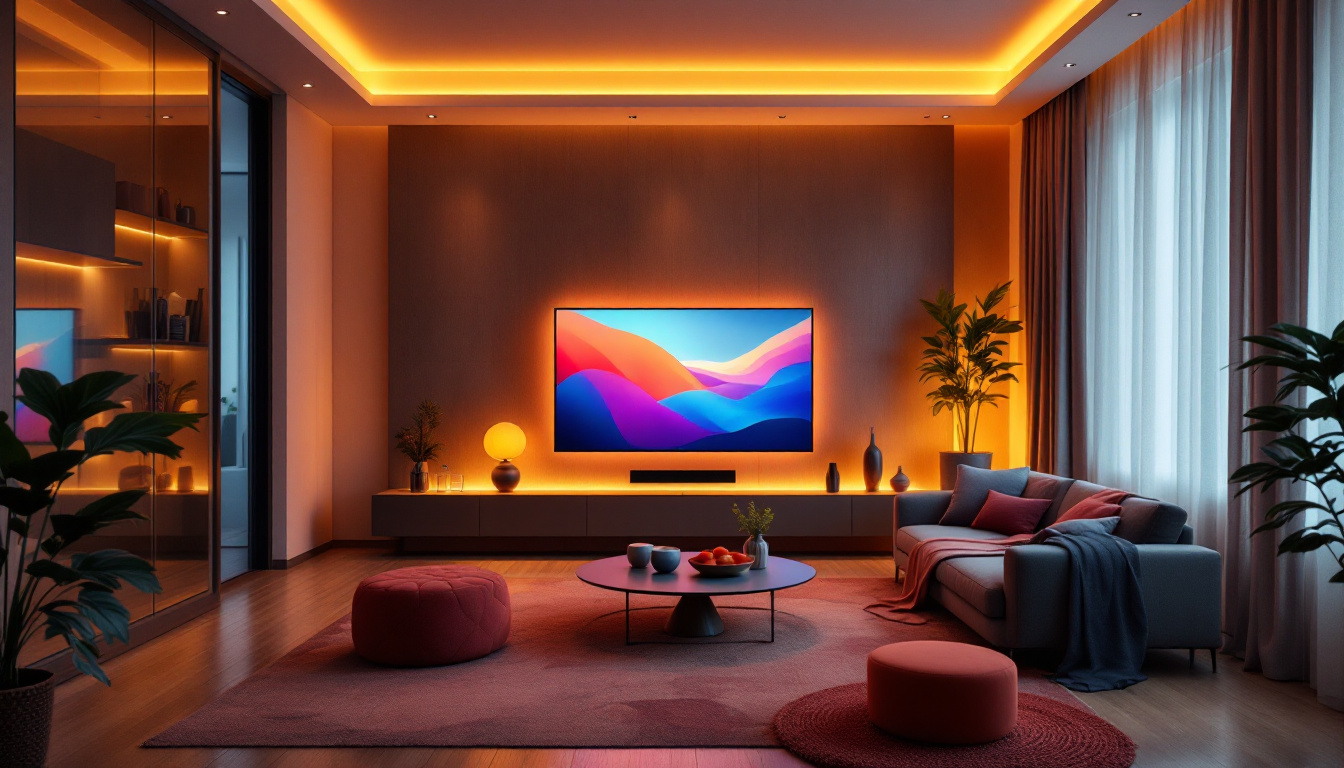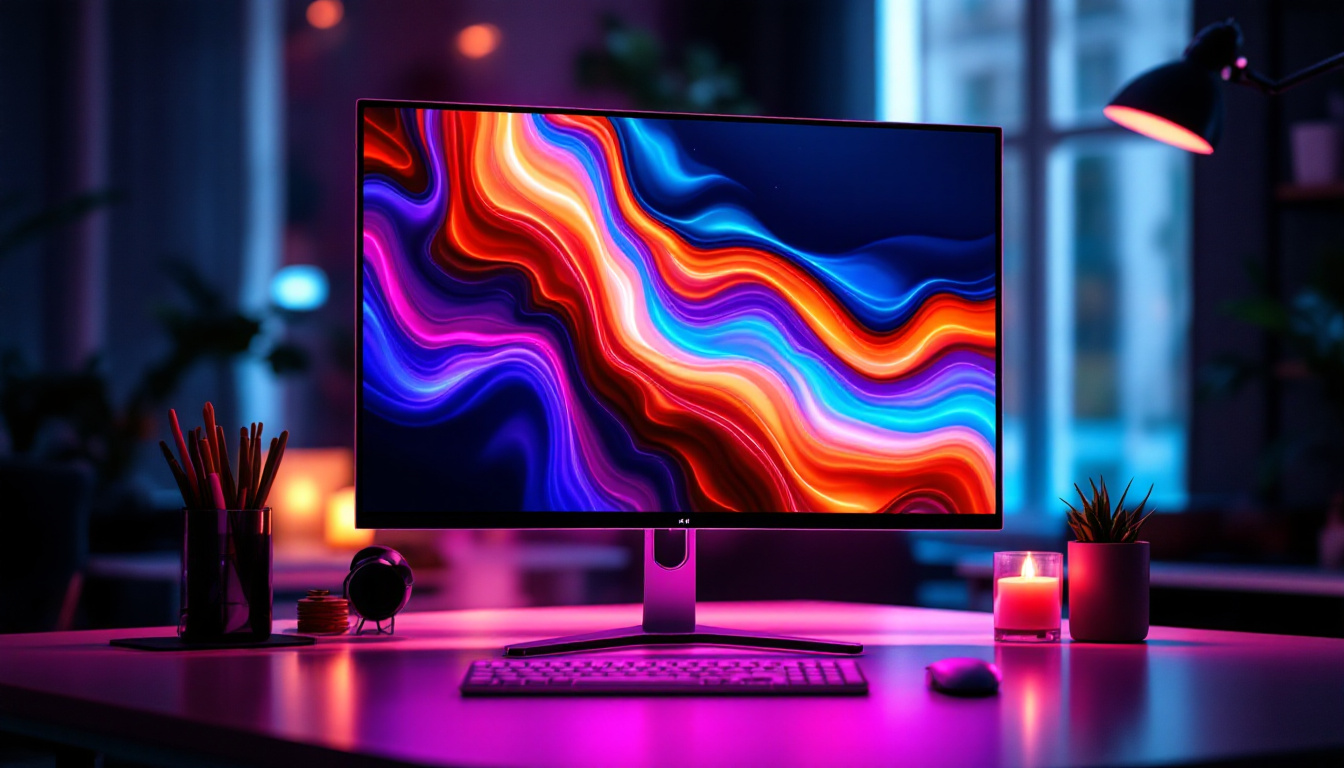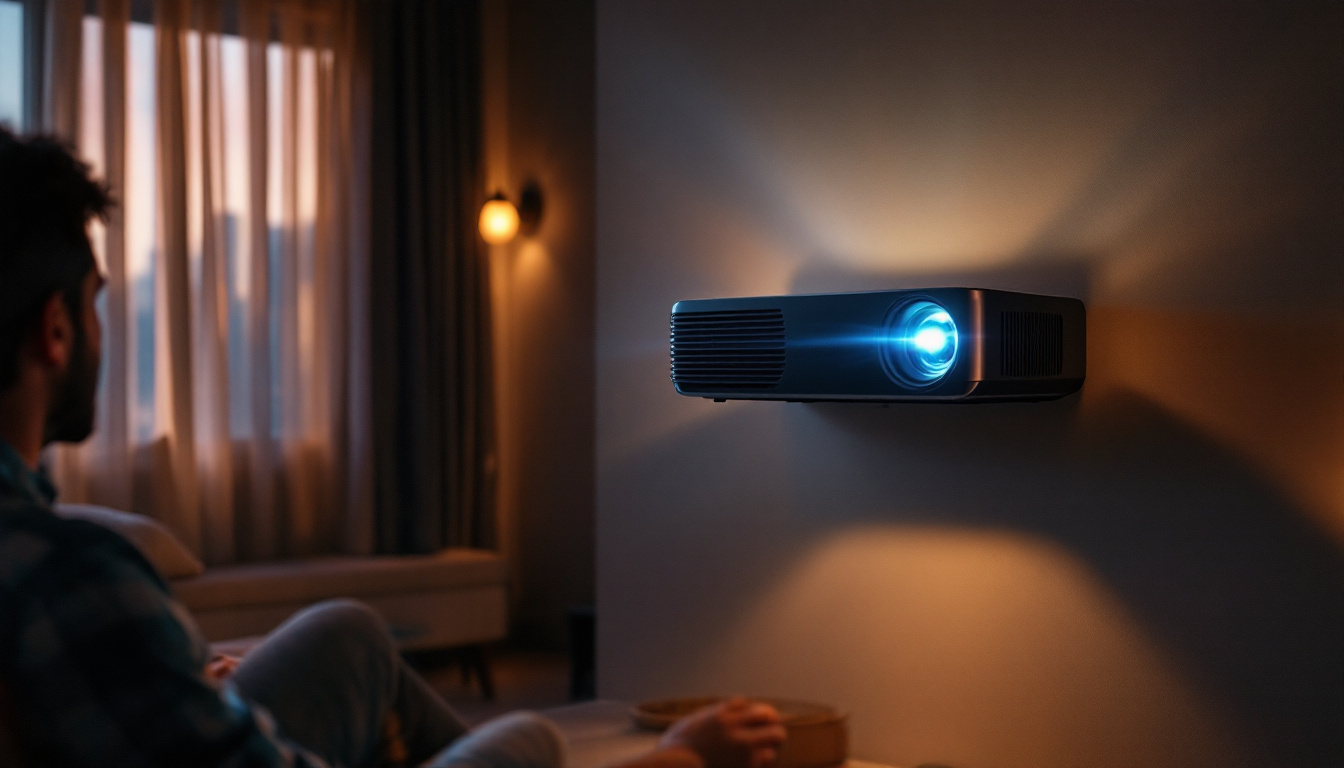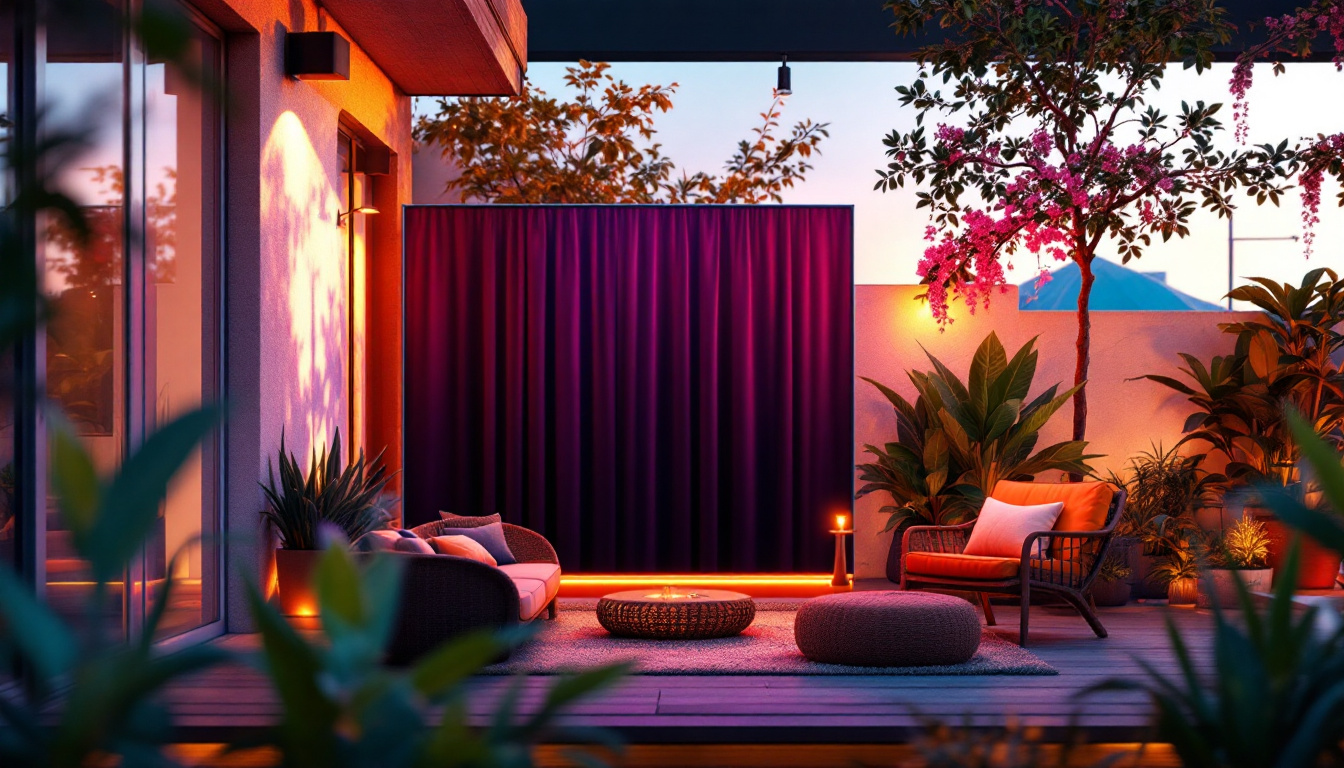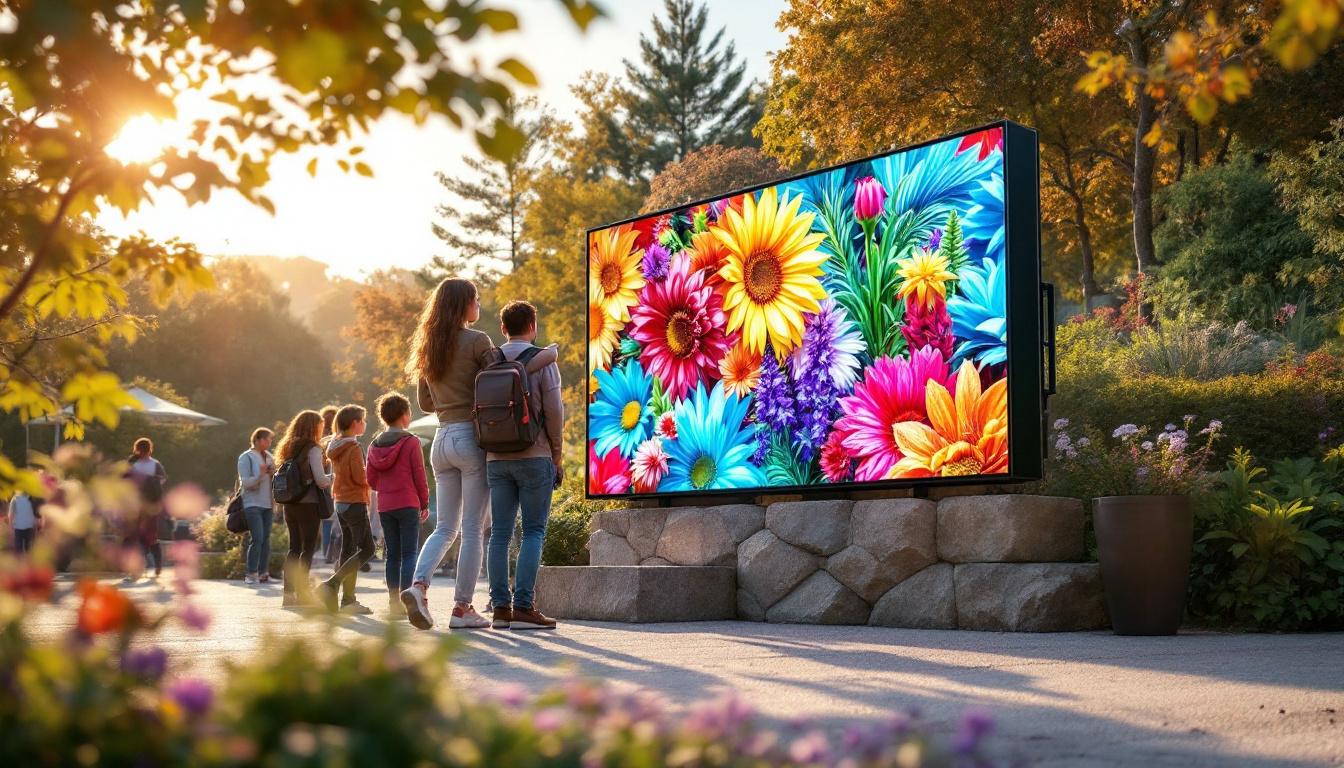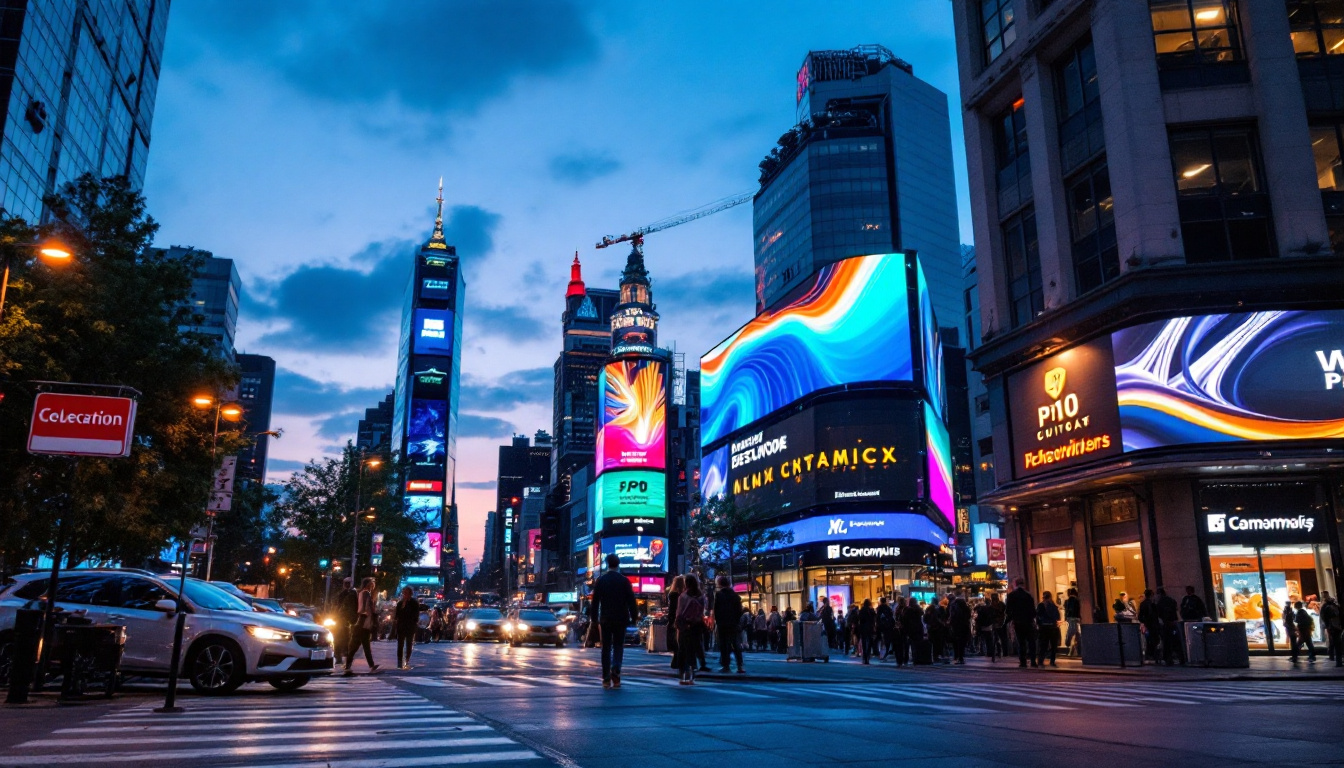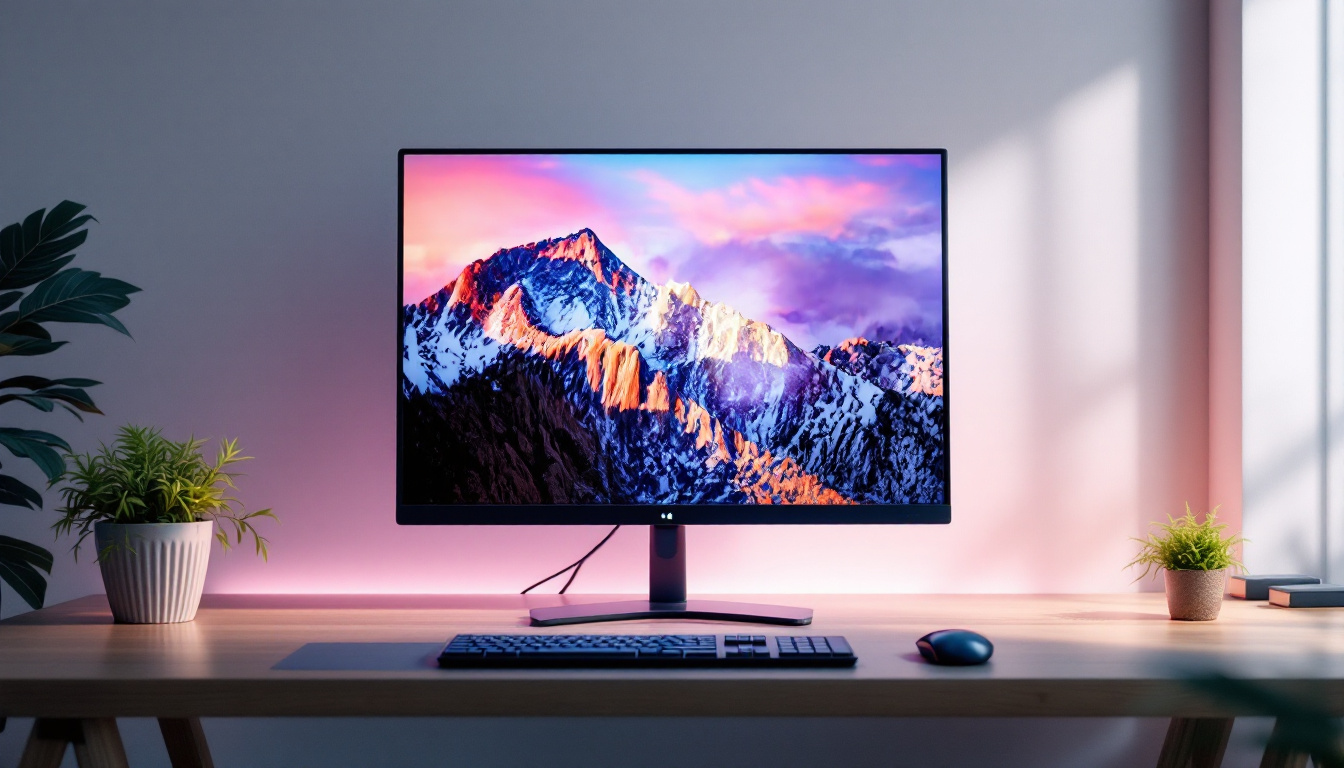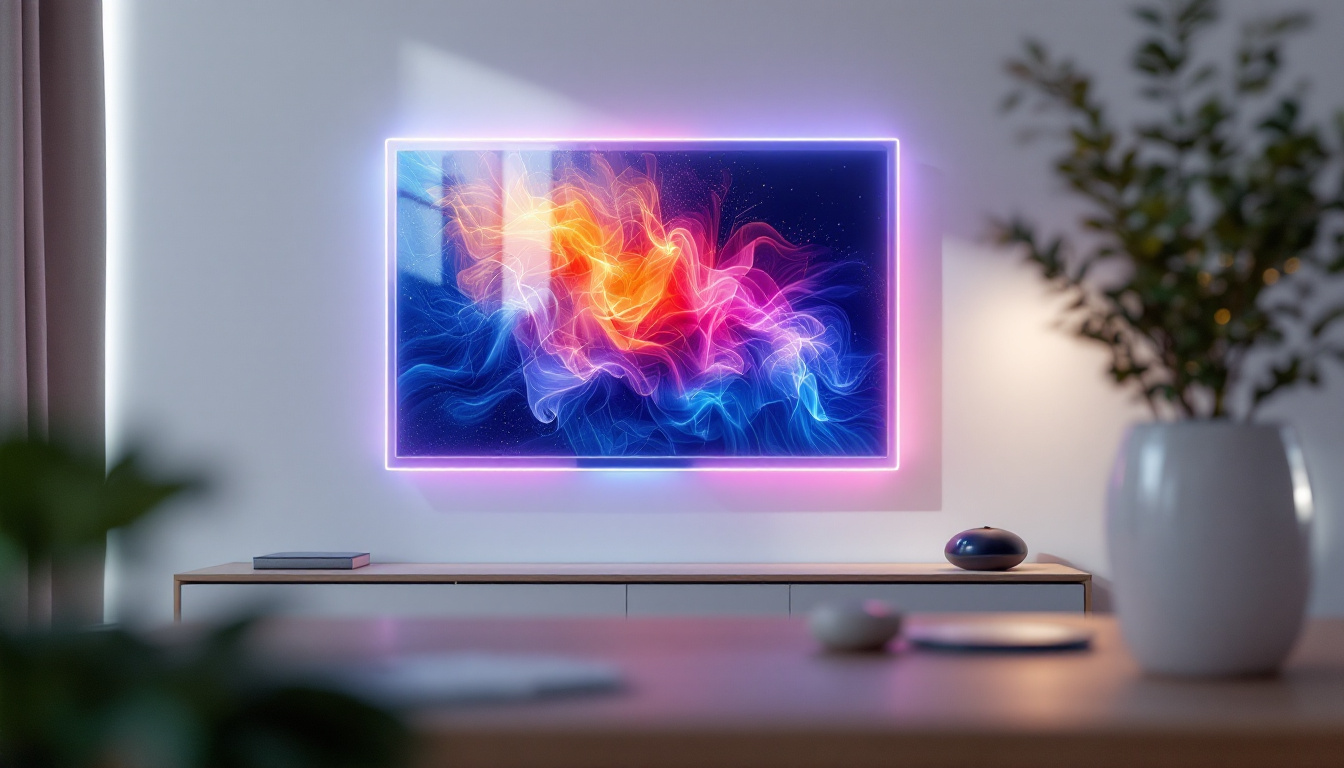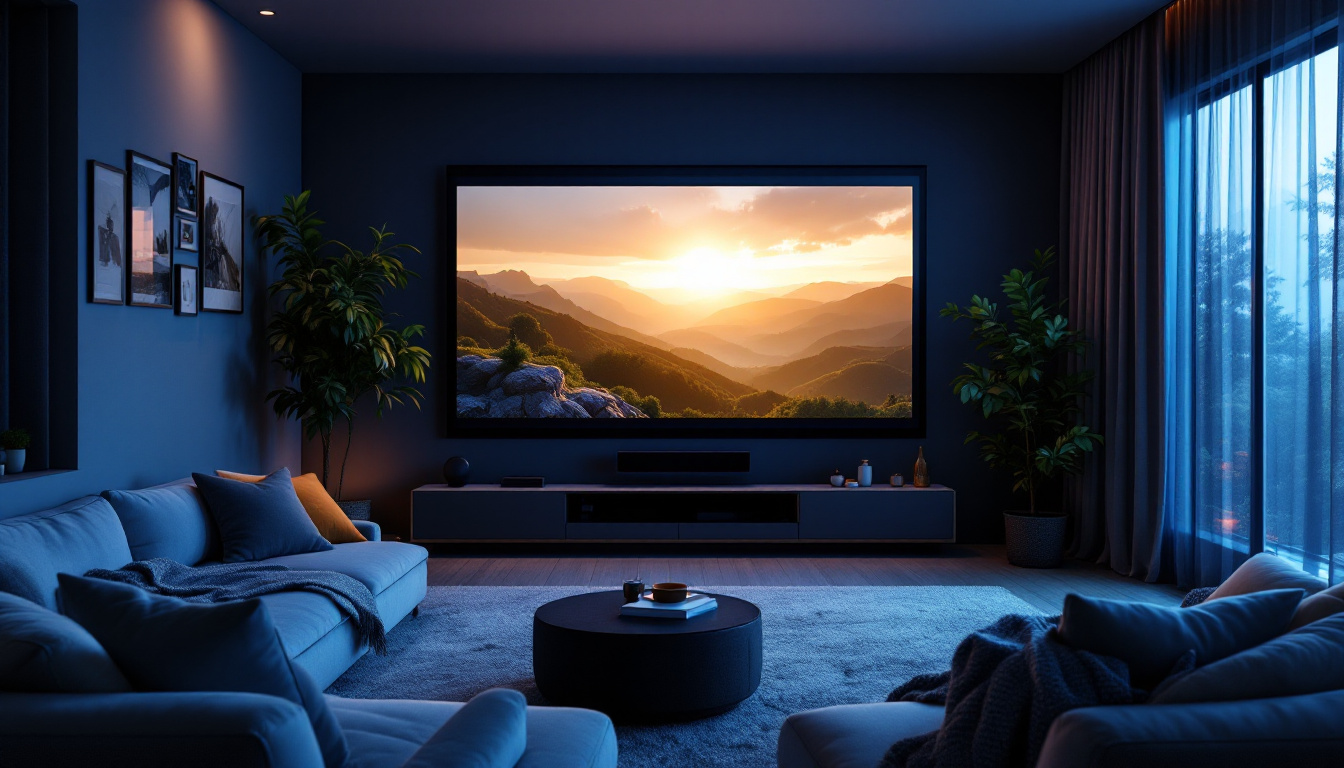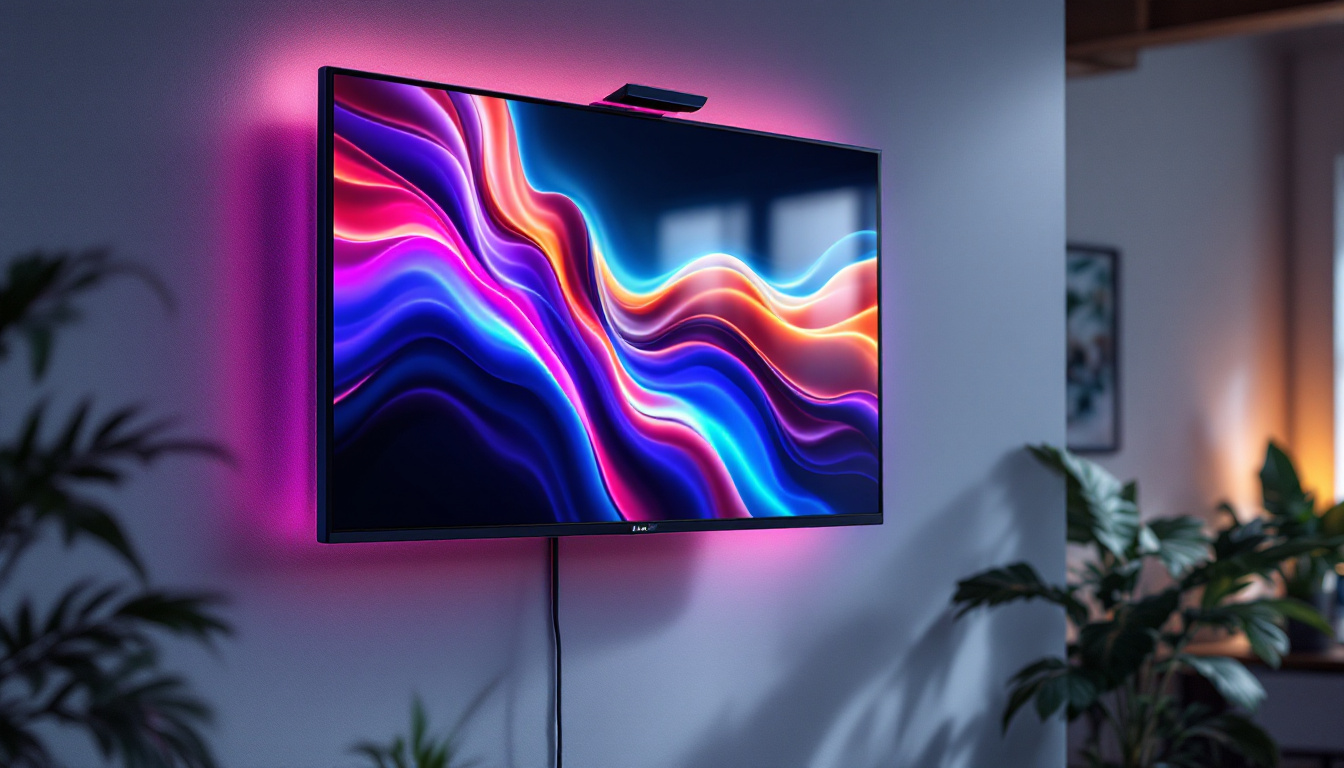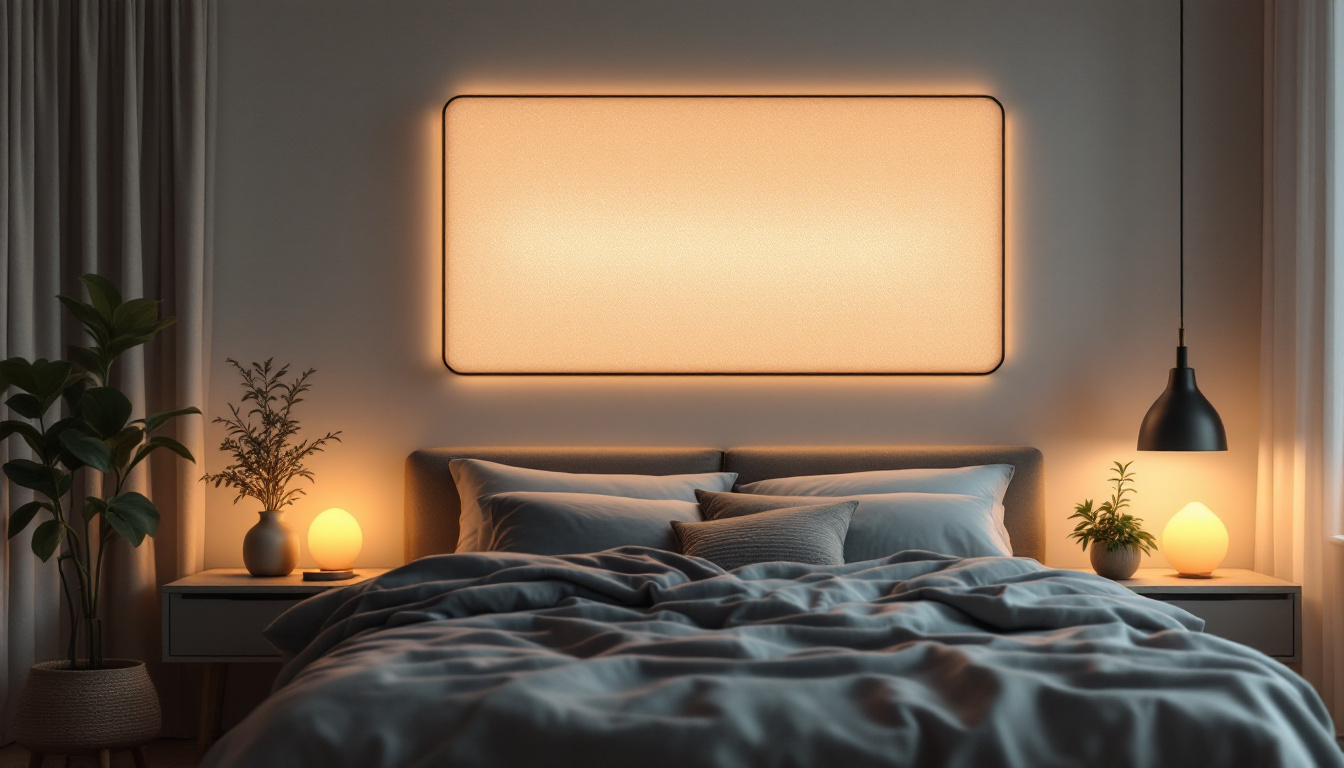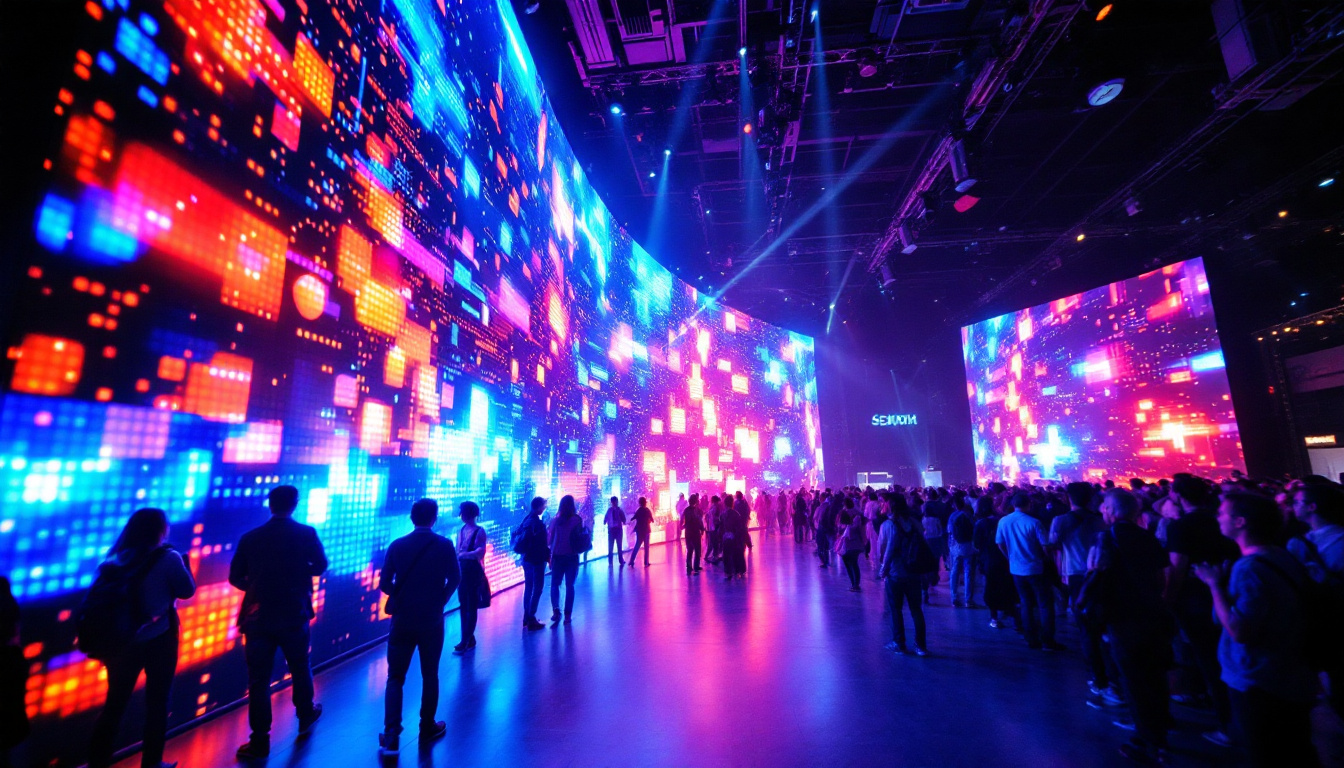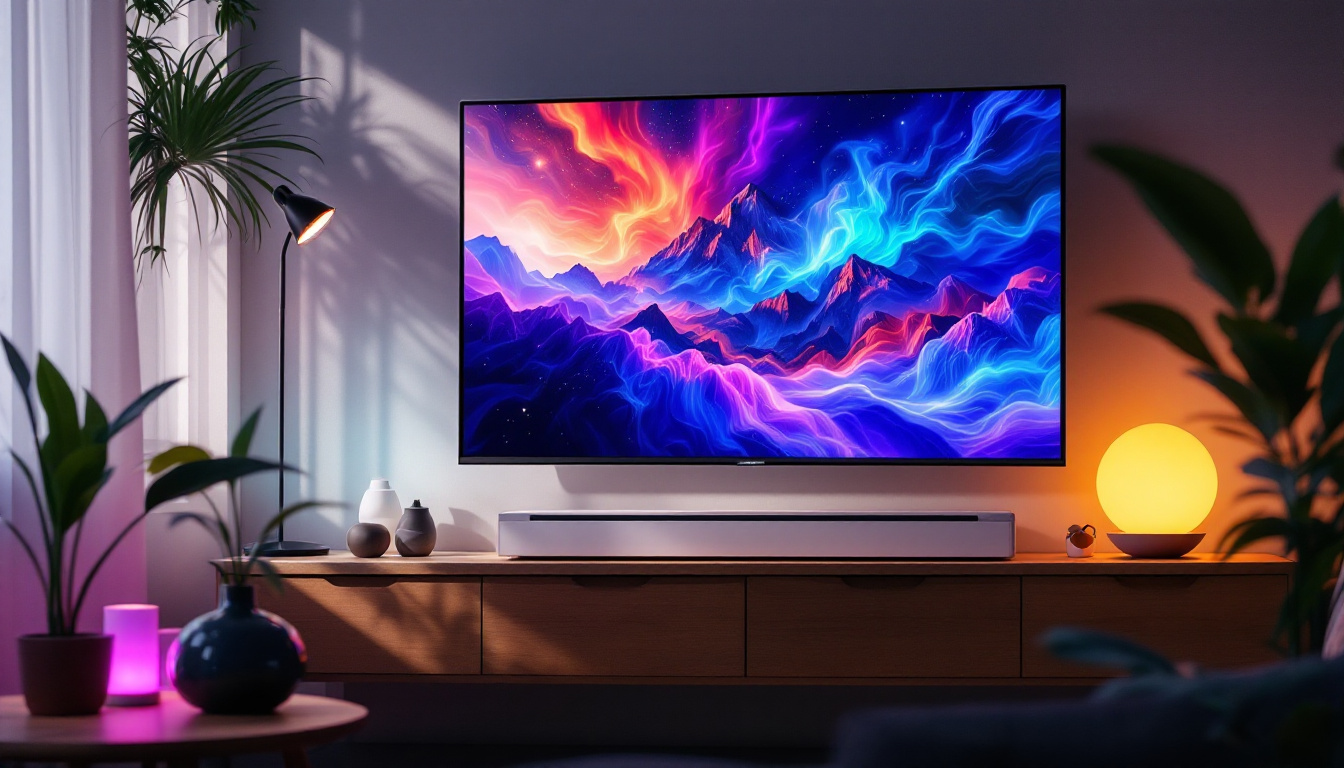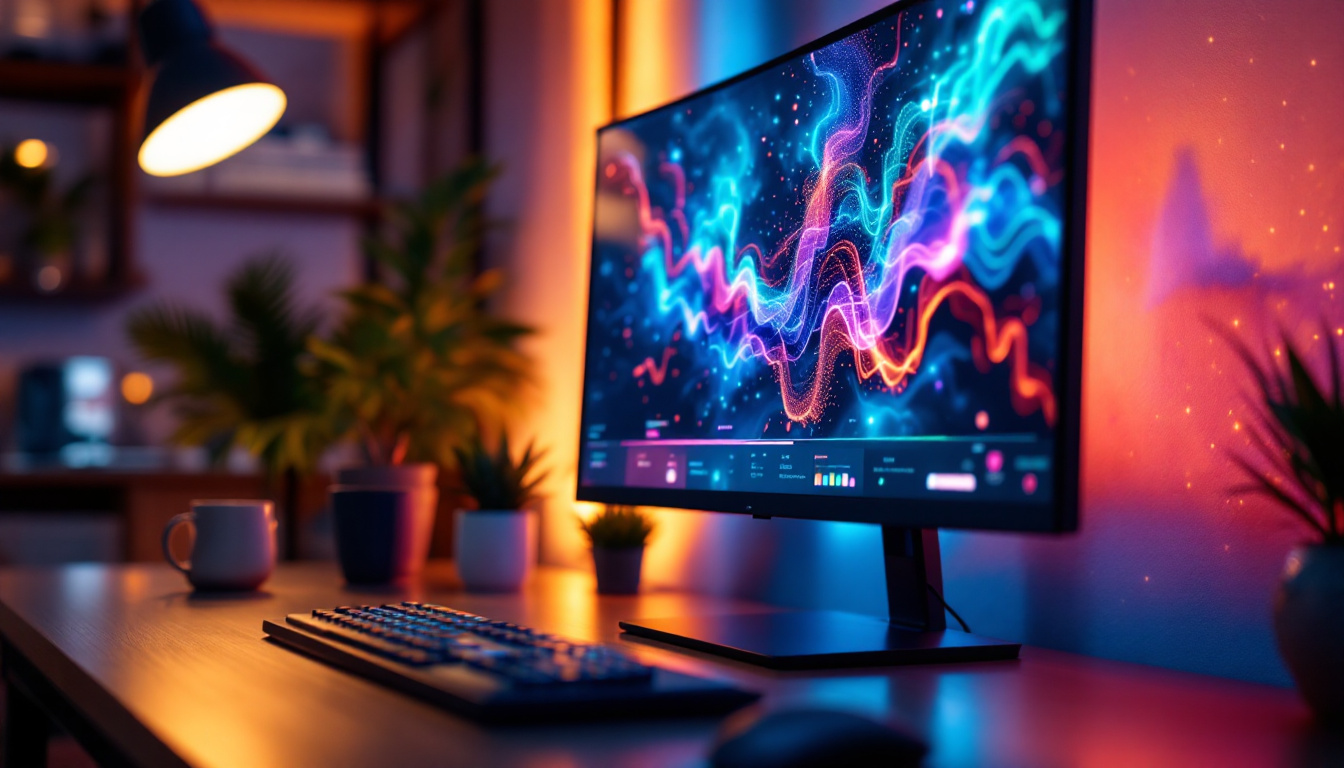The image contrast ratio is a critical aspect of LED displays that significantly influences the visual experience. It refers to the difference in luminance between the brightest white and the darkest black a display can produce. Understanding this concept is essential for anyone looking to purchase or utilize LED technology, whether for personal, professional, or commercial use. This article delves into the intricacies of image contrast ratio, its importance, and how it impacts the performance of LED displays.
Understanding Contrast Ratio
At its core, the contrast ratio is a numerical representation of the difference between the lightest and darkest points on a display. A higher contrast ratio indicates a greater difference, which typically results in more vivid images and a better viewing experience. For instance, a contrast ratio of 1000:1 means that the brightest part of the screen is 1000 times brighter than the darkest part. This measurement is crucial in determining how well a display can reproduce colors and details, especially in darker scenes. In practical terms, this means that when watching a movie with deep shadows or playing a video game with intricate lighting, a higher contrast ratio can significantly enhance the viewer’s ability to discern details that might otherwise be lost in the darkness.
How Contrast Ratio is Measured
Contrast ratio is measured using a specific formula: the luminance of the brightest white divided by the luminance of the darkest black. The units of measurement are typically in candelas per square meter (cd/m²). To accurately assess the contrast ratio, specialized equipment is often used to measure the light output of the display under controlled conditions. This ensures that the readings are not influenced by ambient lighting or other external factors. Calibration is a critical step in this process, as it helps to ensure that the display is performing at its optimal level, providing the most accurate representation of colors and brightness.
It’s important to note that the contrast ratio can vary depending on the content being displayed. For example, a display may perform differently when showing bright, colorful images compared to darker, monochromatic scenes. Therefore, understanding the context in which the display will be used is vital for evaluating its performance. Additionally, the viewing environment plays a significant role; a display with a high contrast ratio may look stunning in a dark room but could struggle to maintain that quality in a brightly lit space. This variability underscores the importance of considering both the display’s specifications and the typical usage scenarios when making a purchase.
Types of Contrast Ratios
There are generally two types of contrast ratios to consider: static and dynamic. Static contrast ratio refers to the fixed difference between the brightest and darkest points on the display at any given time. Dynamic contrast ratio, on the other hand, measures the contrast under varying conditions, often utilizing techniques such as backlight modulation to enhance the perceived contrast during specific scenes. This technology can create a more immersive viewing experience, especially in films and games that rely heavily on dramatic lighting changes.
Dynamic contrast ratios can appear significantly higher than static ratios, but they may not always reflect real-world performance. This is because dynamic measurements can be influenced by the display’s ability to adjust its backlighting in response to the content being shown. For example, during a bright scene, the backlight may be intensified, while in darker scenes, it may be dimmed to enhance the contrast. Therefore, when assessing a display, it’s essential to consider both types of contrast ratios and understand their implications. Consumers should also be aware that manufacturers may sometimes advertise dynamic ratios that sound impressive but do not translate into a noticeable improvement in everyday viewing. Understanding these nuances can help buyers make more informed decisions when selecting a display that meets their needs and preferences.
The Importance of Contrast Ratio in LED Displays
The contrast ratio plays a pivotal role in the overall quality of an LED display. A higher contrast ratio can enhance the viewing experience by providing deeper blacks and brighter whites, which translates into more vibrant colors and improved detail. This is particularly important in applications such as gaming, graphic design, and video editing, where accurate color reproduction and detail visibility are paramount.
Impact on Color Accuracy
Color accuracy is directly influenced by the contrast ratio. Displays with a high contrast ratio can produce a broader spectrum of colors, allowing for more precise and lifelike images. This is especially crucial in professional settings where color grading and editing are involved, as even slight discrepancies in color can lead to significant issues in the final output.
Moreover, a high contrast ratio can help to distinguish subtle variations in color, which is vital for tasks that require meticulous attention to detail. For example, in graphic design, the ability to see the difference between similar shades can make a significant impact on the quality of the work produced.
Enhancing Viewing Experience
Beyond technical specifications, the contrast ratio also affects the overall viewing experience. A display with a high contrast ratio can create a more immersive experience, making movies, games, and other visual content more engaging. The depth of black levels can enhance the perception of realism, drawing viewers into the content.
In environments with varying lighting conditions, such as living rooms with windows or offices with fluorescent lighting, a higher contrast ratio can help maintain image quality. Displays that struggle with contrast may appear washed out or lack detail in bright environments, detracting from the viewing experience.
Factors Influencing Contrast Ratio in LED Displays
Several factors can influence the contrast ratio of an LED display, including the technology used, the quality of components, and the settings applied. Understanding these factors can help consumers make informed decisions when choosing a display.
Display Technology
The type of display technology used can significantly impact the contrast ratio. For instance, OLED (Organic Light Emitting Diode) displays typically offer superior contrast ratios compared to traditional LED-backlit LCDs. This is because OLED panels can turn off individual pixels, achieving true blacks and thus enhancing the overall contrast.
In contrast, LED-backlit LCDs rely on a backlight, which can result in light bleed and less effective black levels. While advancements in technology, such as local dimming and quantum dot enhancements, have improved the performance of LED displays, they may still struggle to match the contrast ratios of OLED displays.
Quality of Components
The quality of the components used in the display also plays a crucial role in determining the contrast ratio. High-quality panels and backlighting systems can produce better contrast and color accuracy. Manufacturers that invest in superior materials and technology tend to offer displays with enhanced performance metrics, including contrast ratio.
Additionally, the calibration of the display can affect its contrast ratio. Proper calibration ensures that the display is optimized for accurate color reproduction and contrast, allowing users to achieve the best possible viewing experience.
Environmental Factors
The environment in which the display is used can also influence its perceived contrast ratio. Ambient lighting conditions, for example, can affect how the display is viewed. In bright rooms, reflections and glare can diminish the contrast, making it essential to consider the placement and lighting of the viewing area.
To mitigate these effects, users may opt for displays with anti-glare coatings or those designed to perform well in bright environments. Understanding the specific use case and environment can guide consumers in selecting the right display for their needs.
Choosing the Right Contrast Ratio for Your Needs
When selecting an LED display, understanding the appropriate contrast ratio for specific applications is crucial. Different use cases may require different performance metrics, and recognizing these needs can lead to a more satisfactory purchase.
For Home Entertainment
For home entertainment systems, such as televisions for movie watching or gaming, a higher contrast ratio is generally preferred. This enhances the viewing experience by providing deeper blacks and more vibrant colors, making content more engaging. Displays with a contrast ratio of at least 3000:1 are often recommended for optimal performance in dark environments.
Additionally, features such as HDR (High Dynamic Range) support can further enhance the viewing experience by expanding the range of brightness and color. When combined with a high contrast ratio, HDR can create stunning visuals that captivate viewers.
For Professional Use
In professional settings, such as graphic design, photography, and video editing, accuracy is paramount. A high contrast ratio, coupled with excellent color reproduction, is essential for ensuring that the work produced is true to life. Displays with a contrast ratio of 1000:1 or higher are typically recommended for these applications, as they allow for precise color grading and detail visibility.
Moreover, professionals should consider displays that offer calibration options to ensure that the colors are represented accurately. This can significantly impact the quality of the final product, making it vital for those in creative industries.
For General Use
For general use, such as browsing the internet or working on documents, the requirements for contrast ratio may be less stringent. A contrast ratio of around 1000:1 is usually sufficient for everyday tasks. However, it is still advisable to choose a display that offers good performance in various lighting conditions to ensure a comfortable viewing experience.
Ultimately, the choice of contrast ratio should align with the primary use of the display, taking into account the environment and the type of content that will be viewed. This consideration will help in selecting a display that meets the user’s needs effectively.
Conclusion
The image contrast ratio is a fundamental aspect of LED displays that significantly influences the quality of the viewing experience. A higher contrast ratio enhances color accuracy, detail visibility, and overall immersion, making it a critical factor for consumers and professionals alike. Understanding the various types of contrast ratios, the factors that influence them, and how to choose the right one for specific needs can empower users to make informed decisions when selecting LED displays.
As technology continues to evolve, the performance of LED displays is likely to improve further, offering even greater contrast ratios and enhanced visual experiences. Staying informed about these developments can help consumers and professionals alike to keep pace with the changing landscape of display technology, ensuring that they make choices that align with their needs and preferences.
Discover the Future of Visual Experience with LumenMatrix
Ready to elevate your visual experience with a high-contrast LED display that meets your specific needs? Look no further than LumenMatrix, a pioneer in LED display technology. Our comprehensive range of solutions, including Indoor and Outdoor LED Wall Displays, Vehicle LED Displays, LED Poster Displays, and more, are designed to bring your visual communication to life. Whether you’re looking to captivate audiences, enhance brand visibility, or create immersive environments, LumenMatrix has the cutting-edge technology to make it happen. Check out LumenMatrix LED Display Solutions today and see how we can transform your space with clarity and impact.



